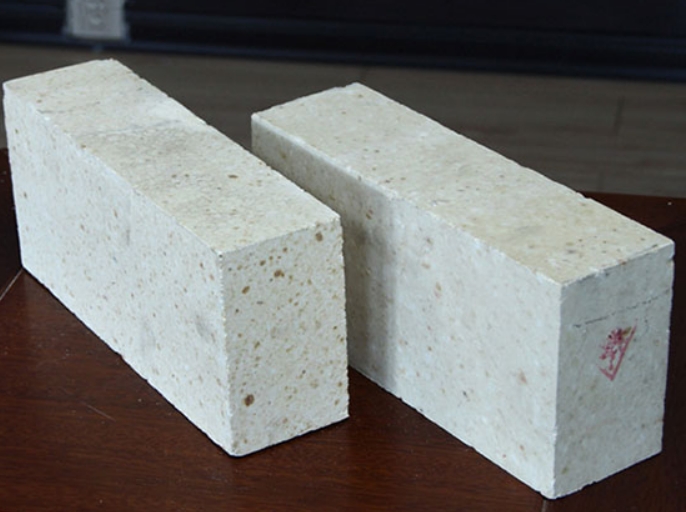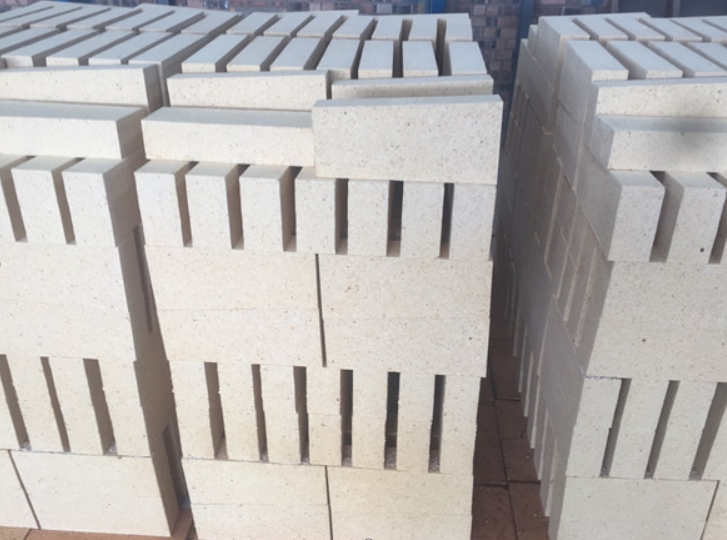- 08
- Sep
High alumina brick for blast furnace
High alumina brick for blast furnace
High alumina bricks for blast furnaces refer to refractory products made from high alumina bauxite clinker with an Al2O3 content of more than 48% and used to build blast furnaces. The blast furnace is the main equipment for ironmaking, and clay bricks are the lining materials that have been used very early in the blast furnace. Beginning in the 1950s, the volume of blast furnaces has grown to a large scale, and 8-12m diameter hearths have become more common. Productivity has increased rapidly. However, the furnace waist and belly corrosion obviously affect the production of Ruo blast furnace. The production process of high alumina bricks and multi-clinker clay bricks are similar. The difference is that the proportion of clinker in the ingredients is higher.
Blast furnace high alumina bricks refer to refractory products made from high alumina bauxite clinker with an Al2O3 content of more than 48% and used to build blast furnaces.
The blast furnace is the main equipment for ironmaking, and clay bricks are the lining materials that have been used very early in the blast furnace. Beginning in the 1950s, the volume of blast furnaces has grown to a large scale, and 8-12m diameter hearths have become more common. Productivity has increased rapidly. However, the furnace waist and belly corrosion obviously affect the production of Ruo blast furnace.

Craftsmanship:
The production process of high alumina bricks and multi-clinker clay bricks are similar. The difference is that the proportion of clinker in the ingredients is higher, which can be as high as 90-95%. The clinker needs to be sorted and sieved to remove iron before crushing, and the firing temperature Higher, such as Ⅰ, Ⅱ high alumina bricks are generally 1500~1600℃ when they are fired in a tunnel kiln.
Production practice in China has proved that before crushing, high-aluminum clinker is strictly sorted and classified, and stored in tiers. The use of bauxite clinker and combined clay fine grinding method can improve product quality.

performance:
a. Refractoriness
The refractoriness of high alumina bricks is higher than that of clay bricks and semi-silica bricks, reaching 1750~1790℃, which is a high-quality refractory material.
b. Load softening temperature
Because high-alumina products have high Al2O3, less impurities, and less fusible glass bodies, the load softening temperature is higher than that of clay bricks. However, because mullite crystals do not form a network structure, the load softening temperature is still not as high as that of silica bricks.
c. Slag resistance
High alumina bricks have more Al2O3, which is close to neutral refractory materials, and can resist the erosion of acidic slag and alkaline slag. Because of the inclusion of SiO2, the ability to resist alkaline slag is weaker than that of acidic slag.

Process points:
Natural bauxite materials require good calcination and strict classification. The iron oxide content in chemical analysis is controlled below 1.2%, and no concentrated iron spots or iron cores are allowed. High grade and high purity are required. Molded with a high-tonnage brick press, the shape of the brick is regular, and no surface net-like cracks and internal delamination are allowed. Ensure high brick density and firing temperature not lower than 1500℃.
